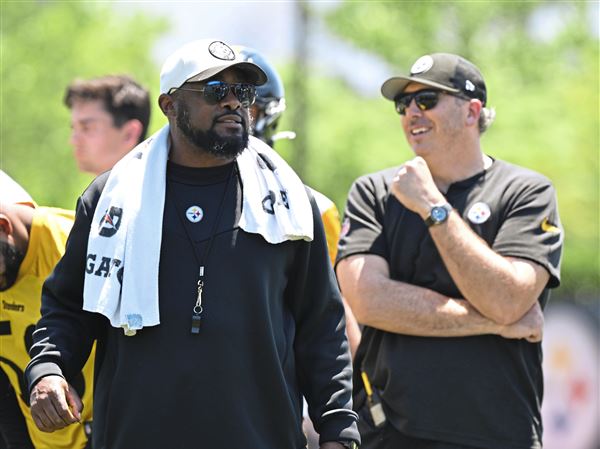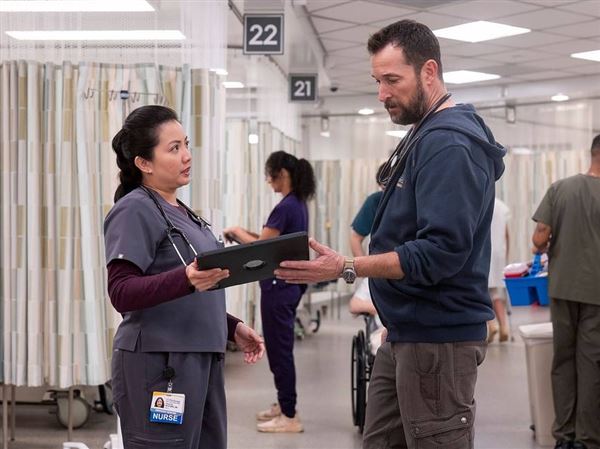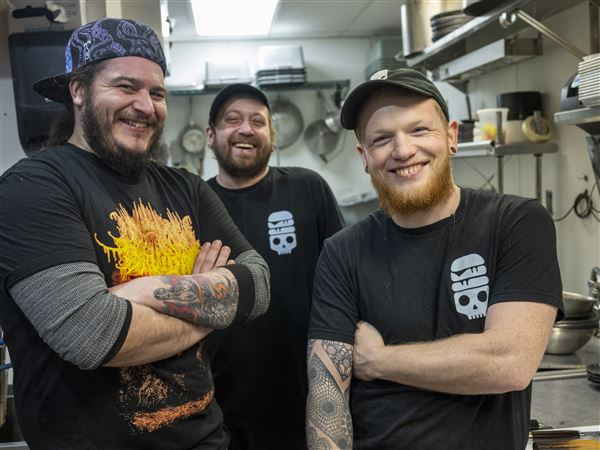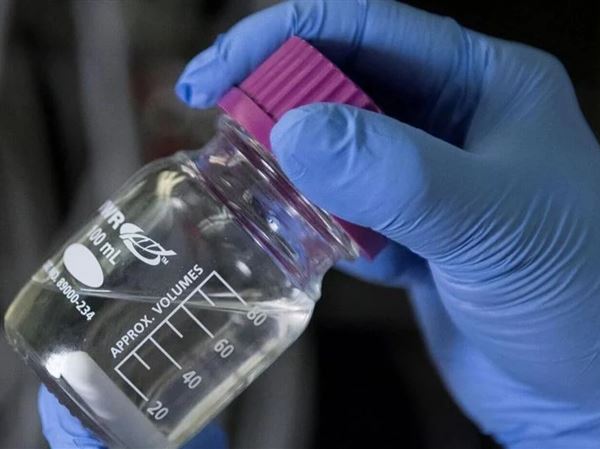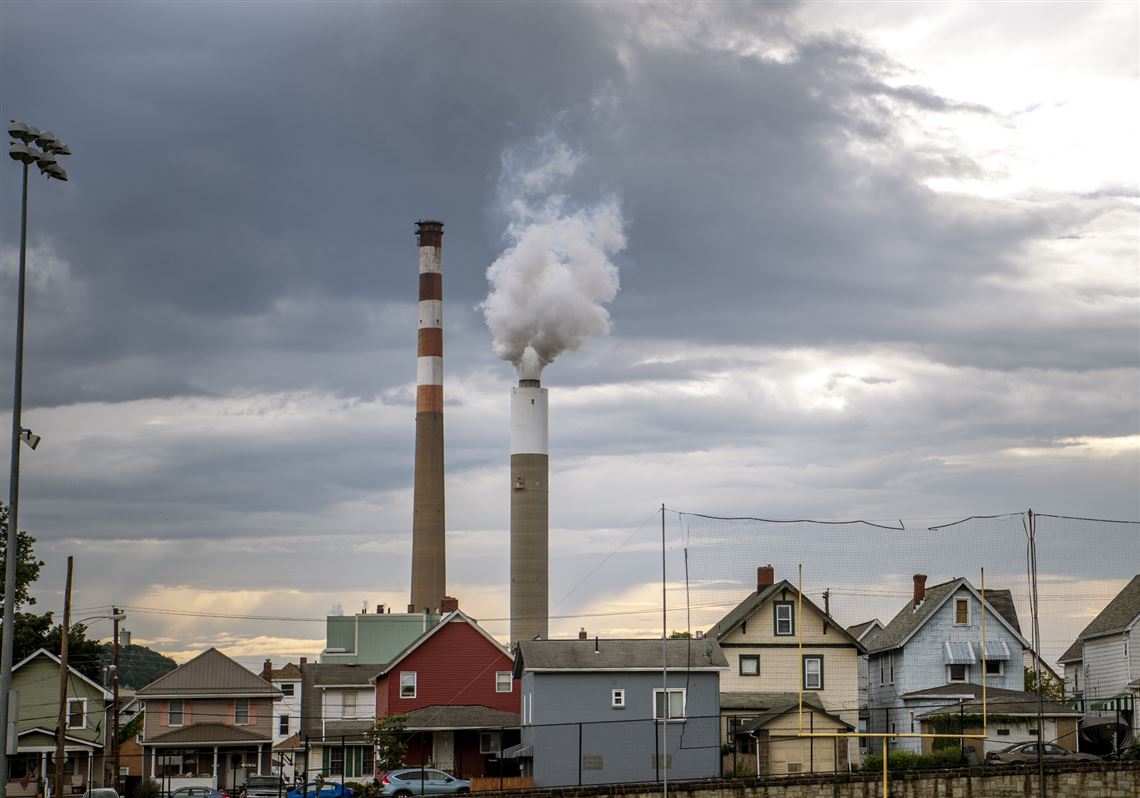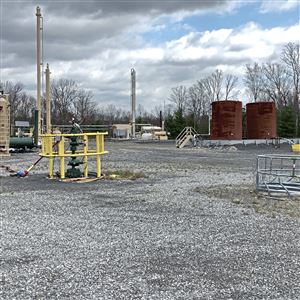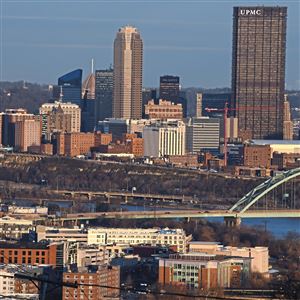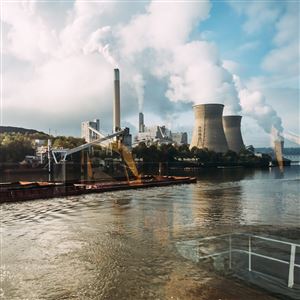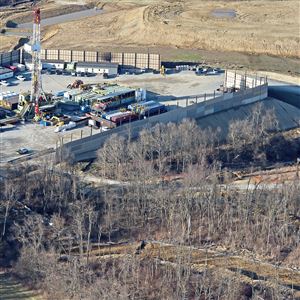In 2018, former U.S. Department of Energy Secretary Ernie Moniz launched The Roosevelt Project, a research effort to help guide the transition to a low-carbon economy.
Researchers, mainly from Harvard University and the Massachusetts Institute of Technology, wrote a series of white papers investigating former industrial transitions and probing what constitutes successful cases.
They then identified four regions, southwestern Pennsylvania being one, to dig deeper.
“We start from the recognition — some might say assumption — that we are heading to a low-carbon economy,” Mr. Moniz said during a presentation at Carnegie Mellon University on Thursday, and that “the solutions will be highly localized.”
The report on southwestern Pennsylvania, available in draft form, highlights the region’s history of fossil fuel extraction and heavy manufacturing and attempts to weave those into a low-carbon world, with specific attention paid to the journey rather than the destination.
It recommends a massive effort to find and plug leaking oil and gas wells and pipelines, which emit unknown quantities of the potent global-warming gas methane. It advocates for workforce training and placement initiatives in the short and long terms. And while solar and wind aren’t likely to grow too much here without policy shifts, the report says there are nevertheless meaningful opportunities for the region to be part of the clean energy supply chain through manufacturing.
Researchers and local officials who gathered on Thursday inside CMU’s Scott Hall said that while the report is nearing completion, it marks the beginning, not the end, of their engagement. One of the lead MIT researchers involved, Valerie Karplus, recently joined CMU and established the Laboratory for Energy and Organizations, which looks at how companies, governments and communities “can internally prepare to thrive in a clean-energy transition by changing technology, strategy and practices.”
She noted that most of the carbon emissions that are generated by the oil, gas, and coal produced here happen outside the region when those fuels are burned. That makes this area’s workforce vulnerable to low-carbon transitions in other parts of the country and across the world, she said.
‘Helping, not fighting’ fossil fuel companies
The Roosevelt project — named after Teddy for his environmental focus, FDR for his contribution to America’s infrastructure, Eleanor for her work on social justice — echoes many of the ideas in the Marshall Plan for Middle America, a 2020 road map to transition communities to a zero-carbon economy, with an emphasis on workforce development and public incentives for clean-energy manufacturing.
It is also similar, in key ways, to ReImagine Appalachia, developed by nonprofits and stakeholders in the Ohio River Valley.
But it differs from that agenda in one significant way: The Roosevelt Project is not about accelerating the abandonment of fossil fuels. It assumes the transition is happening as is.
The project leans hard on the pursuit of local hydrogen and carbon capture and storage hub, an idea that has caught fire in recent months, with many in the oil and gas industry seeing it as a way to stay relevant for decades to come.
If realized, this would mean hydrogen would be derived from shale gas, at least for the near future, and the CO2 produced in the process would be captured and piped through a yet unbuilt network of pipes to its final resting place in underground reservoirs.
Such projects, which would require billions of dollars to realize, seem poised to benefit from the proposed $1.2 trillion infrastructure plan and the $3.5 trillion reconciliation bill being debated in Washington. West Virginia Sen. Joe Manchin, who wields great influence over the negotiations, has proposed $8 billion for the development of four such hydrogen and carbon capture hubs, with the understanding that one of them will be here.
That there are now so many distinct and sometimes-interconnected efforts to make the energy transition a success is an indication of how much the world has changed in the past decade.
Mr. Moniz said that after the collapse of a much anticipated carbon cap-and-trade bill in 2009, he recognized the popular argument for dealing with climate change — that it would benefit our grandchildren — was both valid and completely ineffective.
What has moved the needle in recent years, he speculated, is “weird weather.” Experiencing the impact of climate change firsthand has shifted public opinion.
So has the emphasis on workers.
Mayor Bill Peduto, who has had a rocky relationship with the shale gas industry and has discouraged further petrochemical investment near the city, said on Thursday that it’s imperative to work with existing fossil fuel companies, “helping them, not fighting them, in order to be able to make the transition to a renewable future.”
“This is not an us-vs.-them model,” he said. “This is not the Green New Deal where we have to flip a switch and punish the companies that built communities in America.”
Many of the speakers decried “the false choice between clean and fossil fuels,” echoing a popular refrain at oil and gas, and even coal conferences.
In fact, some of the recommendations in the Roosevelt Project’s Southwestern Pennsylvania study are things being piloted by those industries to stay alive, such as the recent and rapid adoption of outside firms that monitor for gas leaks on well sites and certify natural gas as “responsibly sourced.”
Anya Litvak: alitvak@post-gazette.com
First Published: October 15, 2021, 10:00 a.m.
Updated: October 15, 2021, 10:03 a.m.


